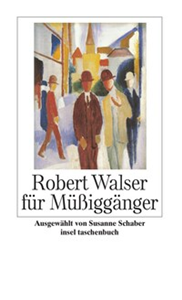Claire Roberts Global Literary Management LLC
We provide every client with detailed editing and marketing advice, and we match our clients with the best publishers in the US and Canada as well as around the world. Authors have many opportunities for publication beyond North America and due to our experience at the forefront of international literary markets, we are uniquely positioned to manage a writer's career globally, from print to television and film rights, to translated editions, audio and e-book editions. With nearly three decades of experience in publishing, Claire Roberts knows the industry from both the publisher side and the agency side of the business, and has negotiated many major contracts for authors. She has held executive positions at Penguin Random House, HarperCollins, Houghton Mifflin Harcourt and worked most recently at a major literary agency, Trident Media Group. At Trident she was Vice-President and Managing Director of the Foreign Rights department and developed her own client list. Claire Roberts has handled the international literary careers of many authors, including winners of the Pulitzer Prize and the Booker Prize. Among the many authors she has worked with are Marilynne Robinson, Esi Edugyan, Justin Cronin, Michael Ondaatje, Marlon James, Jokha Alharthi, Elizabeth George, former Google chairman Eric Schmidt, Ayana Mathis, Jon Krakauer, Paul Harding, and W. Bruce Cameron.
View Rights Portal
























